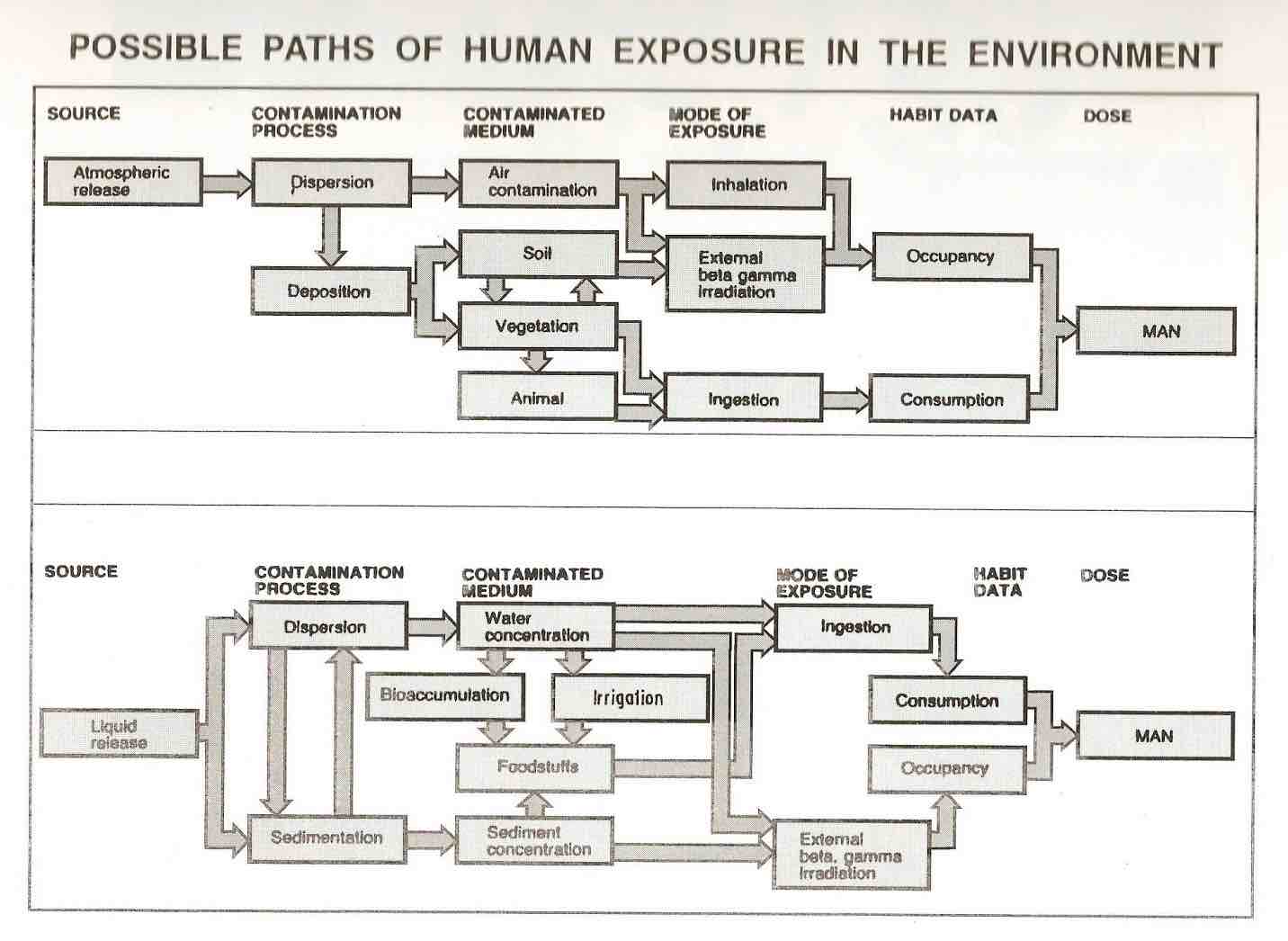Environmental Safety
Environmental discharges, monitoring, impact assessment.
Radioactive wastes generated in nuclear fuel cycle facilities are not to be disposed off into the environment directly. Stringent Regulatory system is in place which are applicable to such disposals if the radioactivity content of the waste exceeds:
- General background radioactivity levels,
- Exemption levels,
- Authorized levels given by the national regulatory body.
All the discharges into the environment should be through a dedicated agency so as to have proper control and accounting. Low level liquid waste is disposed off into large water body at a stipulated activity concentration level.
However, gaseous waste generated in facilities is directly discharged into the environment at the stipulated concentration levels. The radioactive gaseous waste and the ventilation exhaust from the facilities are released at a given height to affect required dilution. The effluent air is filtered using high efficiency particulate air filters (HEPA) with a particulate filtering efficiency of 99.97% for 0.3 µm aerodynamic sized aerosols. Pressure differential (∆P) across the filter is measured regularly and at ∆P value exceeding specified limit, the filters are replaced to bring about designed number of air changes in the working areas.
Impact assessment
The discharges are monitored at the discharge point and at different distances from the discharge point to ensure adequate dilution. The radioactivity content/level is measured in water, foodstuff and marine products. These measured values are used to assess an individual dose received by the Representative Person in a group of most exposed population (target group), around the facility from the environmental discharges (see figure). This is calculated mathematically using appropriate environmental discharge models. The models take into account the meteorological parameters such as wind direction, wind velocity, uptake factors by the vegetables and marine products and employ the necessary data on the food habits and food/water consumption levels of the target group to arrive at the average individual dose. The assessed dose is then compared with the stipulated dose limits for the public to ensure regulatory compliance.
Recent recommendations of the ICRP considers radiological protection of the Environment as important and necessary consideration for the safety of the flora and fauna from the environmental releases, normal as well as accidental.
